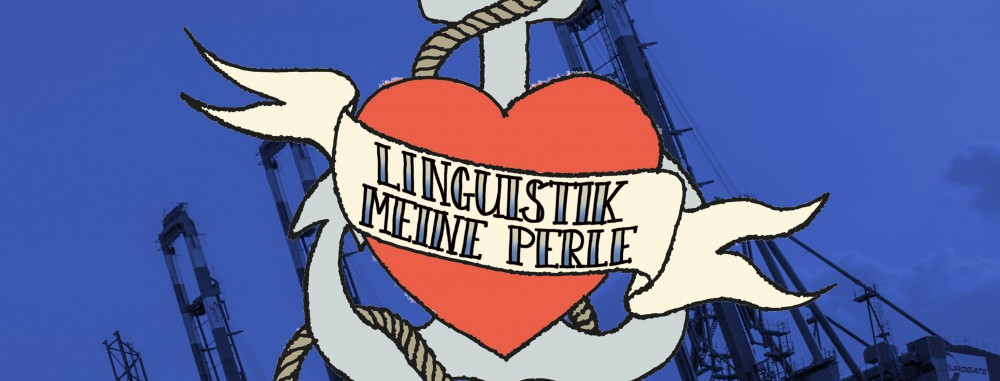Every city has its own vernacular that sounds completely foreign to an outsider. If one tries to understand the slang spoken between two locals, they would be left bewildered. Hawaiian Creole English, better known as Hawaiian Pidgin, started as a common language between immigrants from other countries who moved to the Hawaiian Islands to work on the plantations. Nowadays, it is the common language that brings together the melting pot of culture that makes Hawai’i the “Aloha State”.
Hawaiian Creole was developed in the late 19th century as a combination of the English, Chinese, Japanese, Korean, Hawaiian, Filipino, and Portuguese languages; today, it is spoken by roughly 700,000 people. Creole languages tend to be linked with negative stereotypes, and especially with Hawaiian Pidgin, it is linked with lower socioeconomic status. In local Hawaiian culture, speaking pidgin is socially welcomed but hinders employment prospects because of professionalism. Standardized English grammar is mostly accepted in the professional world, but in social groups, it is negatively looked upon and often associated with pomposity. Xenophobia as a product of Hawai’i’s past alienates prescriptive English grammar and speakers of Standard English are spurned. The clash between prescribed English and Hawaiian Creole leaves no one the right to act churlish towards the other, yet the history of both languages remains as a social division that separates speakers of either languages.
References
MARLOW, M; GILES, H. Who You Tink You, Talkin Propah? Hawaiian Pidgin Demarginalised. Journal of Multicultural Discourses. 2008, 3(1), 53-68.
MARLOW, M; GILES, H. ‘We Won’t Get Ahead Speaking Like That!’ Expressing and Managing Language Criticism in Hawaii. Journal of Multilingual and Multicu;tural Development. 2010, 31(3), 237-251.
